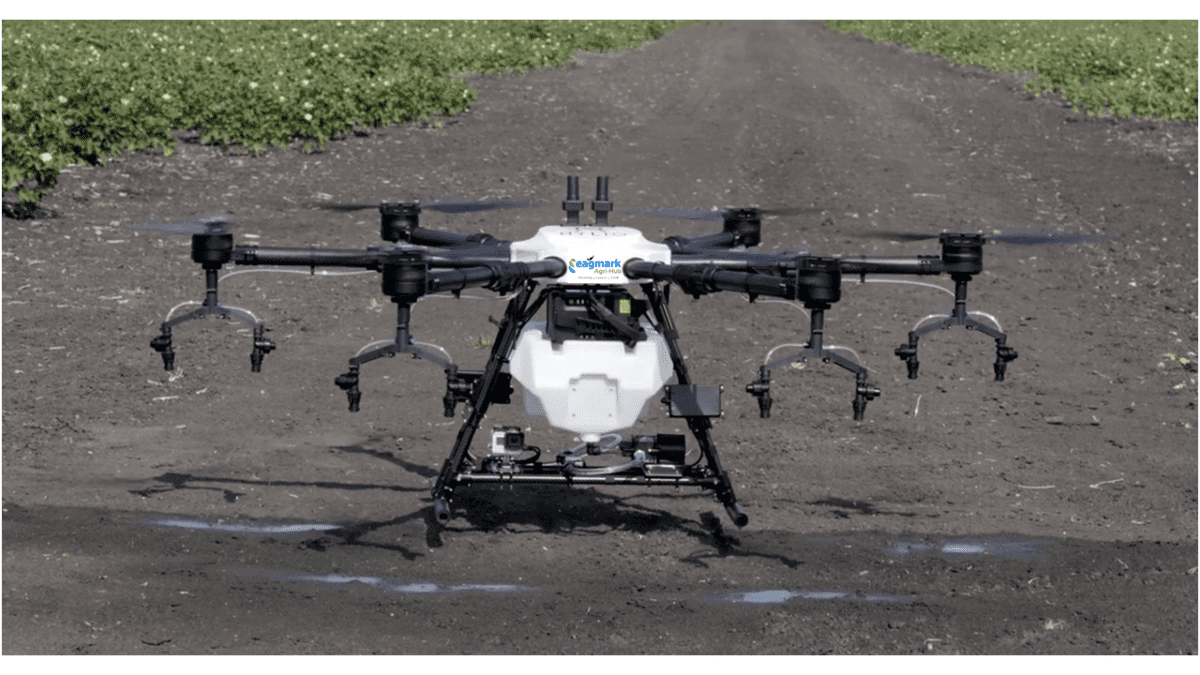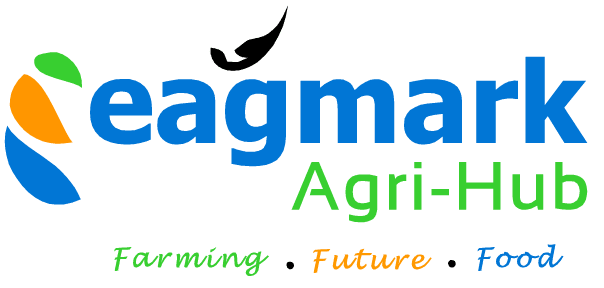How Agricultural Drones are Paving the Way for Increased Efficiency and Cost Savings

Drones or unmanned aerial vehicles (UAVs) are transforming the way farmers approach crop treatment and pesticide application. In a recent discussion with Ag Tech Talk Podcast, the CEO and Co-founder of Hylio, Arthur Erickson, talked about the revolutionary impact of agricultural drones on farming practices. The conversation shed light on the challenges faced by the industry, the current adoption rate, and the future of drone technology in agriculture.
Arthur acknowledged the successful drone delivery project in Costa Rica, which preceded Amazon and Google’s ventures into this field. Although the project showcased the technical feasibility of drone deliveries, profitability remained a concern due to excessive red tape and limited monetary returns. Consequently, the focus shifted entirely to the agricultural sector, where the potential of drones in crop treatment became evident.
Today, companies like Hylio design, manufacture, and sell crop treatment platforms in the form of crop spraying drones. These drones can effectively apply both liquid and solid products, ranging from pesticides to seeds or bait. The versatility of these devices makes them invaluable tools in the agriculture and adjacent industries, enabling the precise and efficient delivery of chemicals and products for treating crops.
One of the key concerns regarding UAV technology is regulatory landscape surrounding their operations. However, the regulations for agricultural drone use are relatively more lenient compared to those for cargo or human transport over cities. In recent times, however, regulators such as the US Federal Aviation Administration (FAA) have however shown greater flexibility when it comes to granting exemptions and waivers for agricultural drone operations, particularly in sparsely populated rural areas. By demonstrating responsible operation practices, such as flying over vast acres of land with minimal human presence, farmers can navigate the current regulatory environment.
The adoption rate of drones in agriculture has been a concern all over the world. While drones have become increasingly ubiquitous, the adoption of agricultural drones has faced some initial hesitancy. This hesitancy can be attributed to farmers’ familiarity with traditional large-scale equipment and the misconception that drones’ smaller carrying capacity may hinder their effectiveness. However, educating farmers about the advantages of drones is important to ensure high update of this groundbreaking technology.
For example, most farmers do not know that agricultural drones can spray crops with a much finer and more penetrative mist, offering increased efficacy even with smaller volumes. Farmers need to be made aware that they can achieve similar results with a 75-litre drone compared to a 1000-litre tractor. Educating the market about these benefits is crucial to driving wider adoption.
The cost savings offered by drones have a much more significant advantage over traditional equipment like spraying with tractors or humans. With the ability to cover 100 acres per hour, agricultural drones are not only more cost-effective in terms of initial purchase prices but also in terms of operating costs. Compared to a $300,000-$450,000 high-clearance sprayer, two of the largest drones currently available in the market, such as Hylio’s Ag272, can achieve the same results at approximately half the price. The operating costs are further reduced to 30%-40% of traditional methods due to lower fuel consumption and maintenance requirements. Drones also offer greater flexibility in deployment, as they can access challenging terrain and perform spot spraying with precision, providing additional cost savings.
Contrary to common assumptions, modern agricultural drones are capable of handling wind speeds of up to 25-30 miles per hour, making them reliable in various weather conditions. However, it is important to adhere to safety guidelines and avoid spraying in excessive wind speeds. The limitations on drone applications were mainly associated with the weight of heavy fertilizers, where traditional equipment remains more efficient.
In terms of usage, agricultural drones can be purchased or rented, depending on the farmer’s preference and needs. Larger farmers often choose to invest in their own drones, while service providers cater to smaller farms and offer drone spraying services. The split between direct buyers and service providers is approximately 50-50.
It is worth noting that the challenges faced by the agriculture technology industry go beyond education. Regulatory uncertainties, labor shortages, and the need for localized support are areas that need attention. Regulatory bodies need to adapt to the evolving industry and provide clearer guidelines to foster growth. Additionally, the industry needs to address the demand for cost-effective and durable drone solutions, particularly in regions with smaller farms and limited infrastructure.
Looking to the future, there is great potential in the advancement of drone technology. It is predicted that drones will continue to increase in size and payload capacity, potentially reaching up to between 190-380 litres. However, the emphasis must be put on further automation to make drones to be more autonomous and capable of charging and refilling between flights. This can involve deploying a fleet of drones to cover a given area, with each drone operating independently based on pre-set instructions. The aim is to minimize human intervention and maximize efficiency.
It has become evident that agricultural drones have the potential to revolutionize farming practices worldwide. With their ability to reduce costs, improve precision, and overcome labor shortages, drones are poised to become an essential tool in modern agriculture. While challenges remain, such as education, regulations, and industry consolidation, the industry is progressing rapidly, and agricultural drones are proving to be a game-changer for farmers across the globe.
For more information about the applications and benefits of agricultural drones, you can enroll for the Precision Agriculture Course at https://olc.eagmark.net/course-enrollment/. The course offers comprehensive resources for those interested in exploring the potential of drone technology and other technology in agriculture.



